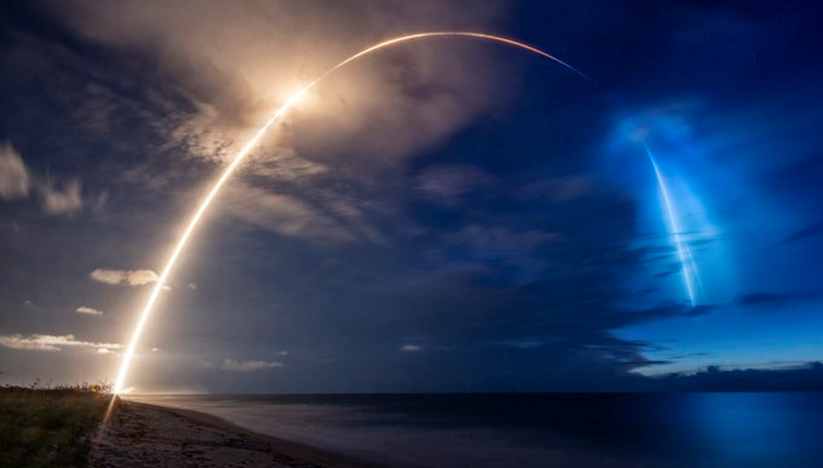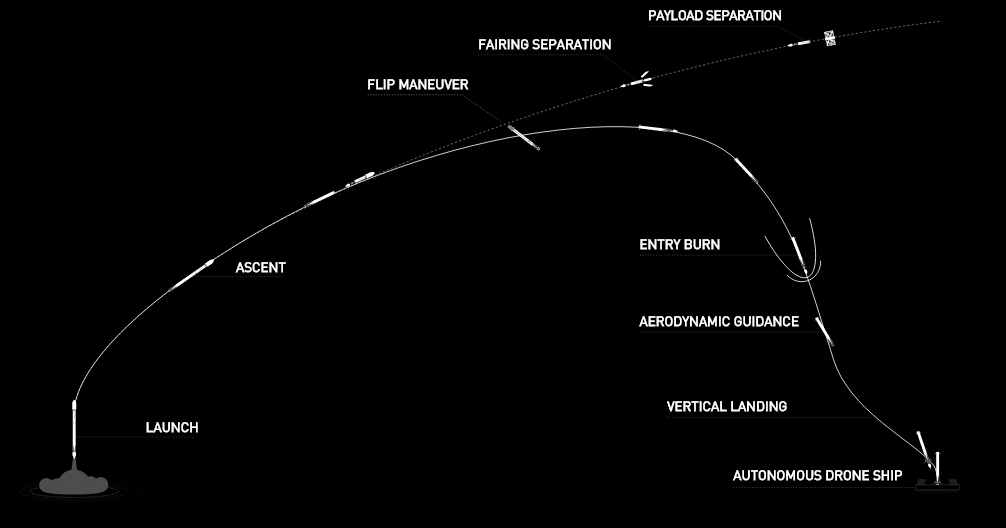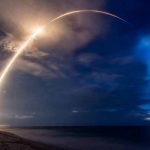SpaceX launches 58 Starlink satellites and 3 Planet Labs SkySats on Falcon 9

SpaceX reached another milestone yesterday after it successfully launched its ninth Starlink mission, carrying 58 Starlink satellites and three of Planet’s SkySats. This mission marked SpaceX’s first SmallSat Rideshare Program launch, which aims to provide a flexible, low-cost method of transporting multiple small satellites to an assortment of destinations in low Earth orbit using Falcon 9 launch vehicles for as low as $1M for 200kg to synchronous orbit (SSO).
The SpaceX’s Falcon 9 rocket lifted off from Cape Canaveral Air Force Station in Florida on Saturday, June 13 at 5:21 a.m. Eastern, carrying 58 Starlink broadband satellites and 3 Planetlabs Skysats to orbit before returning to Earth and landing on a droneship. The rocket carried slightly fewer Starlink satellites to make room for three remote-sensing SkySat satellites for Planet.
Falcon 9’s first stage previously supported Dragon’s 19th and 20th resupply missions to the International Space Station. Following stage separation, SpaceX’s Falcon 9 first stage landed on the “Of Course I Still Love You” droneship stationed in the Atlantic Ocean. SpaceX deployed the SkySat satellites first, about 13 minutes after liftoff, followed by the Starlink satellites about 39 minutes after liftoff.
One half of Falcon 9’s fairing previously flew on the JCSAT-18/Kacific1 mission, and the other half previously flew on SpaceX’s third Starlink mission. Planet’s SkySats were deployed sequentially beginning about 12 minutes after liftoff, and the Starlink satellites deployed approximately 26 minutes after liftoff.
Falcon 9, the world’s first orbital class reusable rocket, is manufactured and operated by SpaceX for the reliable and safe transport of people and payloads to Earth orbit and beyond. It is powered by Merlin engines, also developed by SpaceX, burning cryogenic liquid oxygen and rocket-grade kerosene (RP-1) as propellants.

Starlink is a satellite constellation developed by SpaceX to provide satellite Internet access. The constellation will consist of thousands of mass-produced small satellites in low Earth orbit (LEO), working in combination with ground transceivers. SpaceX also plans to sell some of the satellites for military,[6] scientific, or exploratory purposes. The SpaceX satellite development facility in Redmond, Washington houses the Starlink research, development, manufacturing, and on-orbit control operations. The total cost of the decade-long project to design, build, and deploy the constellation was estimated by SpaceX in May 2018 to be about US$10 billion.
You can watch the launch video below.
SpaceX CEO Elon Musk also tweeted the launch, saying: “Falcon 9 launches 58 Starlink satellites and 3
@planetlabs Skysats to orbit before returning to Earth and landing on a droneship.”
Falcon 9 launches 58 Starlink satellites and 3 @planetlabs Skysats to orbit before returning to Earth and landing on a droneship pic.twitter.com/K6OjgJQZfv
— SpaceX (@SpaceX) June 13, 2020

